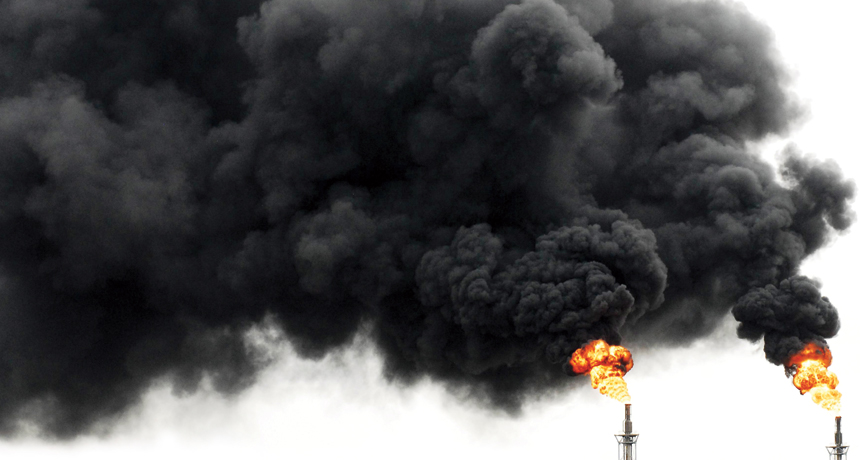Cool Idea
While nations concede a pressing need for attacking carbon dioxide emissions, other pollutants offer quicker paybacks

Nations are attacking pollutants other than carbon dioxide emissions for quicker paybacks.
Li Ming Lz/AP Images
While nations concede a pressing need for attacking carbon dioxide emissions, other pollutants offer quicker paybacks

Nations are attacking pollutants other than carbon dioxide emissions for quicker paybacks.
Li Ming Lz/AP Images